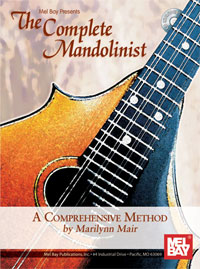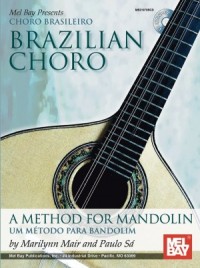Q: I have been playing the mandolin for about a month now and am confused by a tiny, yet seemingly huge issue. Specifically, the upstroke. I’ve purchased your book (an awesome work by the way) and in it you say to just play the lower of the two strings on any given pair when doing an upstroke. In addition, I recently read your tremolo technique article on your website and there was no mention there of whether or not to play both strings or just the lower on the upstroke.
My question is, on the upstroke in a normal measure of music and/or in a tremolo, do you only play the lower string of any given pair or do you play both (and if so when)? Would you mind answering this if you have time? I sure would appreciate it. Thank you so very much!
-DA
A: And here you see the reason for the “Ask Marilynn” page. I get the same emailed question alot. So read the information that’s available on this page, and if you still can’t find the answer you’re looking for, ask your question. Since tremolo is involved though this question does need a fuller answer, so I will continue, as I did in the original answer.
I do think I make it clear in my book that you always want to play through both strings on your down-stroke, but only hit one on your up-stroke when playing singe-note lines. In single-line tremolo it’s even more important to do this to create a smooth unsyncopated flow with your picking. Listen to your tremolo with both a 2-string upstroke and a 1-string upstroke and I think you’ll agree that the latter is more pleasing to the ear.
-mm



